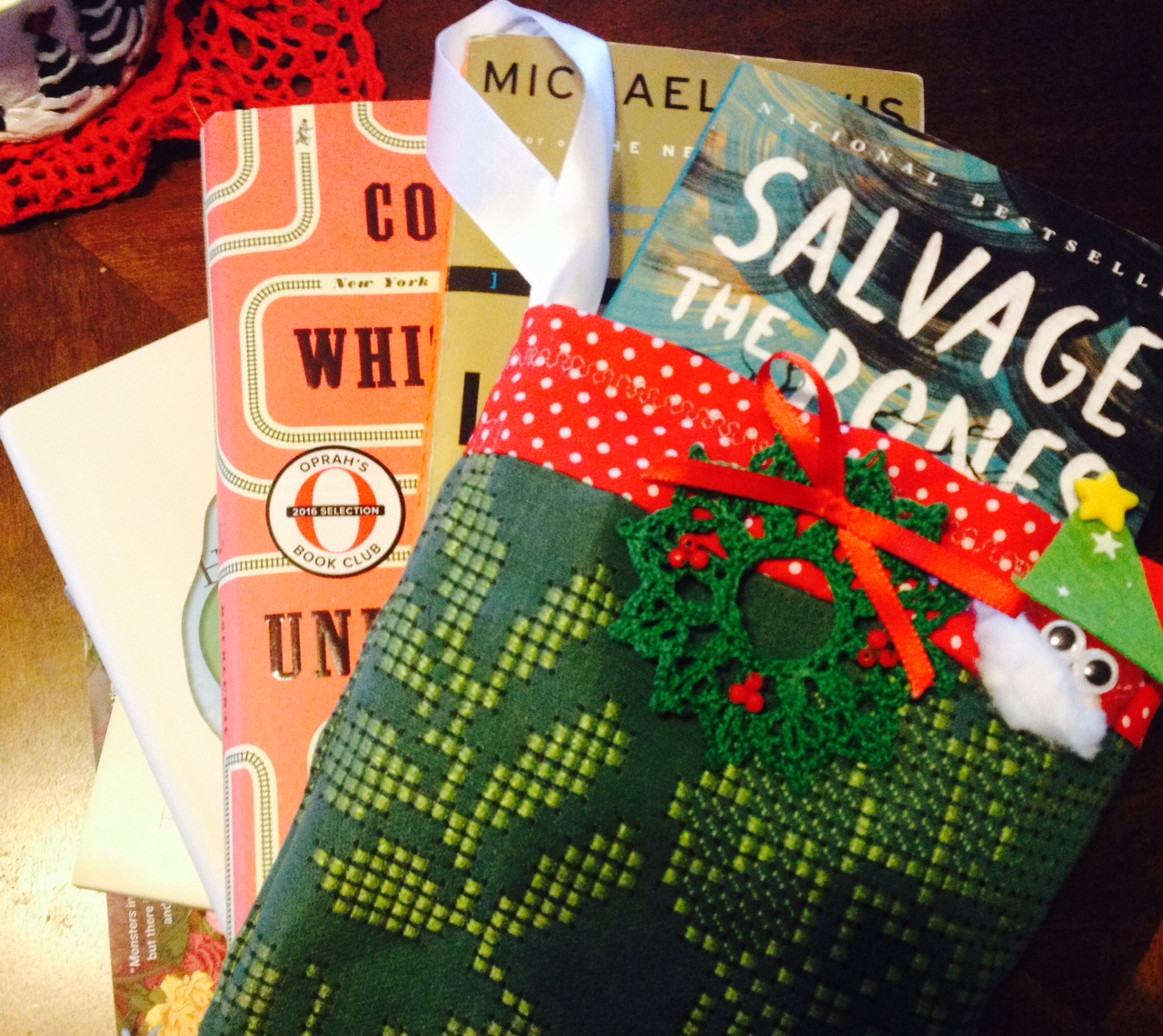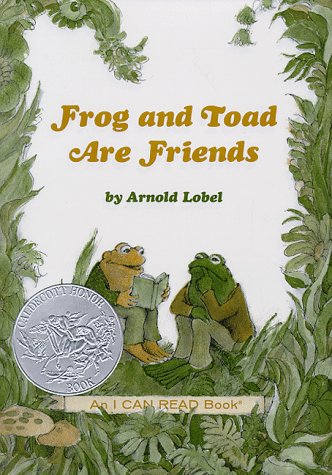Last night she noticed that the sign on the Ozona bank announcing that July is Early Childhood Literacy Month. She thought this was a national event until she googled it and learned that November is the national month, but San Marcos, TX has decided that July is more fitting for this city. (Skip to the end of this post if you want more information about where to donate books in July in San Marcos.)
Since she's procrastinating working on a story that she has worked on for several days and more hours, and she's at yet another decision-making place (and without clear answer), she is procrastinating productively. Therefore, here is her list of favorite books (and unfavorite books) to give, read (or not give) to children between 0 and 6:
_________________________________________________________________
1. Maurice Sendak's Nutshell Library

She still has the
Nutshell Library that
her mother read to her. Her favorite book out of the collection is
Pierre. She thinks of him often. Pierre doesn't care about anything, which becomes problematic when a lion asks if Pierre wouldn't mind being eaten. She thinks she especially liked the books because they were her size--no larger than an adult's palm. Since then, she has preferred small books and would be thrilled with a palm-sized edition of
As I Lay Dying. Her least favorite book is the alphabet one called
Alligators All Around. She will momentarily discuss her thoughts on talking animals.
2. Alexander and the Terrible, No Good, Very Bad Day by Judith Viorst
She still has her copy of this, too: a faded hardback discarded from the town library. She wonders why it was discarded. She tried to give her personal copy to children who would like it, which means any child she has met, but she likes the book too much to part from it. She read and reads this on particularly bad days, and even if she doesn't open it, she often hears Alexander saying that he wishes he could move to Australia. She is an escapist like Alexander, wanting to move far away since it seems life would just be a bit better in the faraway. There's a sequel to this book, but she has never read it. She assumes Alexander is older in the sequel, and she doesn't like it when characters grow up.
She especially didn't like characters growing older than her, which happened in the
Anne of Green Gables books. In book 1, Anne was Erin's age. By book 8 (and the length of the summer it took to read to book 8), Anne's children were Erin's age at the time, and she found that especially irksome--because she'd lost Anne as a friend and comrade.
3. Frog and Toad books by Arnold Lobel
She doesn't have any of these books, but she doesn't remember ever owning a copy. Checked all of them out of the library when she was a kid. She remembers not liking Frog so well because he was sort of a know-it-all, or maybe it was that he was always getting Toad out of predicaments. She liked Toad. They're very good friends, like
Mole and Troll (equally recommended).
4. Amelia Bedelia books
She very much enjoyed Amelia Bedelia. Amelia, a maid, always takes things literally and so makes hilarious mistakes. For example, when she is supposed to plant bulbs, she plants lightbulbs. The reason a child would especially like Amelia is because she, like a child, is always being told what to do and then getting in trouble for not behaving as she should. Children will both identify with Amelia and feel protective of her (once they learn the pattern of Amelia's faulty reasoning or language errors).
5. The Velveteen Rabbit --whichever illustrated version the child chooses (or a non-illustrated edition if such a book exists)
This is, by far, one of her favorite fairy tales because she simultaneously does and does not like it and spend more time than you would think trying to figure out why. Deciding which illustrated version to read or buy a child seems very important because if the reader does not like the illustrations, the story may be shot. In searching for book covers of this, she recognized several versions. It would be nice if some publisher made a box set of, say, five different illustrators of this story. She has never seen such a thing done. Also, one must be careful with this book because it's the kind of story that will be changed or made "nicer".
For some reason, she remembers reading one in which the boy wasn't sick. The boy must be sick. If he doesn't get sick, then the story's shot because the velveteen rabbit's feelings of loss and abandonment come from the boy being sick. If the boy is merely cleaning out his closet, then it might as well be any boy and any rabbit or Toy Story III (which is wonderful, by the way).
Jerry Pinkney hasn't yet illustrated
The Velveteen Rabbit, but if he ever does, then that would be the version she would recommend. Anything Pinkney illustrates is excellent. As a child, she didn't read any stories illustrated by Pinkney; she only discovered him a few years ago, but he's always who she looks for now when in the children's section of a bookstore or library.
Brown Bear, Brown Bear, What do you See?
She did not like this book. Her kindergarten teacher read it all the time. She thinks she had read the book (or had it read to her) before the days of kindergarten, so it became pretty hellish every time the class got in a circle and had to listen to it.
Also, she despised sitting "Indian-style" so having to do this and listen to this book was pretty terrible (which must be why it was especially good to have the Alexander book). She still doesn't understand the practice of making children sit that way because, really, children are small and don't take up that much room. She was always very happy when, in second-grade, there were times the class didn't have to sit like that.
This book is best for children who are a long way from reading on their own. Good to read to a one-year old because the text is simple and has call-and-response rhythms.
She had a similar relationship with
The Very Hungry Caterpillar, but the caterpillar book may have been useful since she still thinks of it when she sees butterflies. She thinks it was a bit confusing or perhaps irritating because the caterpillars she saw in real life were fuzzy and brown, not green and hairless
. She can't remember if the brown bear talks--she thinks he does. He sees this, he sees that. She has never liked talking animals. Frog and Toad are exceptions to this rule since they behave like humans. If the animal isn't wearing a coat and hat, then it shouldn't talk. That is how she thought and thinks about it.
Later notes: She enjoyed
Bumble-ardy by Maurice Sendak, which has talking animals, so talking animals must not be what her major malfunction is. Maybe children's literature is drowned with talking animals, many of whom aren't the brightest or in the most interesting of storylines.
Also, this little nugget about
Brown Bear, Brown Bear. Evidently, the book
"was banned in January 2010 by the Texas Board of Education because the author has the same name as an obscure Marxist theorist, and no one bothered to check if they were actually the same person" (Huffington Post)
 6. Morris the Moose books
6. Morris the Moose books
In one of the books he eats gum balls. She remembers liking him. She remembers her mother reading this to her, so this was the pre-literate stage since, once literacy was established, she jumped to the romance books.
A Vote for Love, a Sweet Dreams Romance, was the first long book she read, which was in first grade. The librarian, before checking it out, told her there weren't any pictures in it. The librarian didn't want her to check it out. Consequently, she read the entire Sweet Dreams series within a few years and never wanted to read "a kid's book" again. This may have negatively influenced her perspective on the world; if so, it gives her a strange thrill to blame this on a librarian, since the reverse should probably be true.
7. The Patchwork Girl of Oz
This was one of the nightly books
her mom read aloud, so this may not count as an Early Literacy book or not, but she was under six when her mother read it. She doesn't remember why she liked it or even the book's plot, except that someone finds the Patchwork Girl. She's living alone or maybe with someone who made her. She's a maid or servant. Living in a rather isolated place.
She liked her a lot, though--vice and versa.
She especially liked this and the other editions of the Oz books her mother had because they were old hardbacks and it was really wonderful when an illustration appeared because it was beautiful and took up a whole page, and the illustrated pages were always glossy, and so those seemed more important than the other pages, even the ones that might have a black-and-white illustration amidst the text. She can't remember if this book has any of those nice glossy pages.
________________________________________________________________
She could probably think of three more books to add, like
Goodnight, Moon, which is always at the top of people's recommendations, but she never liked that book. Then there's the
Corduroy Bear books, which she didn't like enough such that she would now go out of her way to buy one for a child. Same with
Clifford the Red Dog. Really, she'd only buy #1 and #2 on this list because those are books to be read again and again and again--the others she'd find at the library.
If you live near or in San Marcos, TX, here is
the link to information about July as Early Literacy month, along with a list of the places to donate new or gently used children's books. The catch-phrase is
Early Readers Become Leaders. She doesn't know if that's true or important. She doesn't know where we're all going that we need all these leaders. But, if the idea is appealing enough to encourage book donations and reading, then she supposes that's fine. If she had to come up with the catch-phrase, it wouldn't be any better, and it wouldn't fit on a banner, like
Early Readers Become Better Writers, Engaged Readers, and Critical Thinkers.










